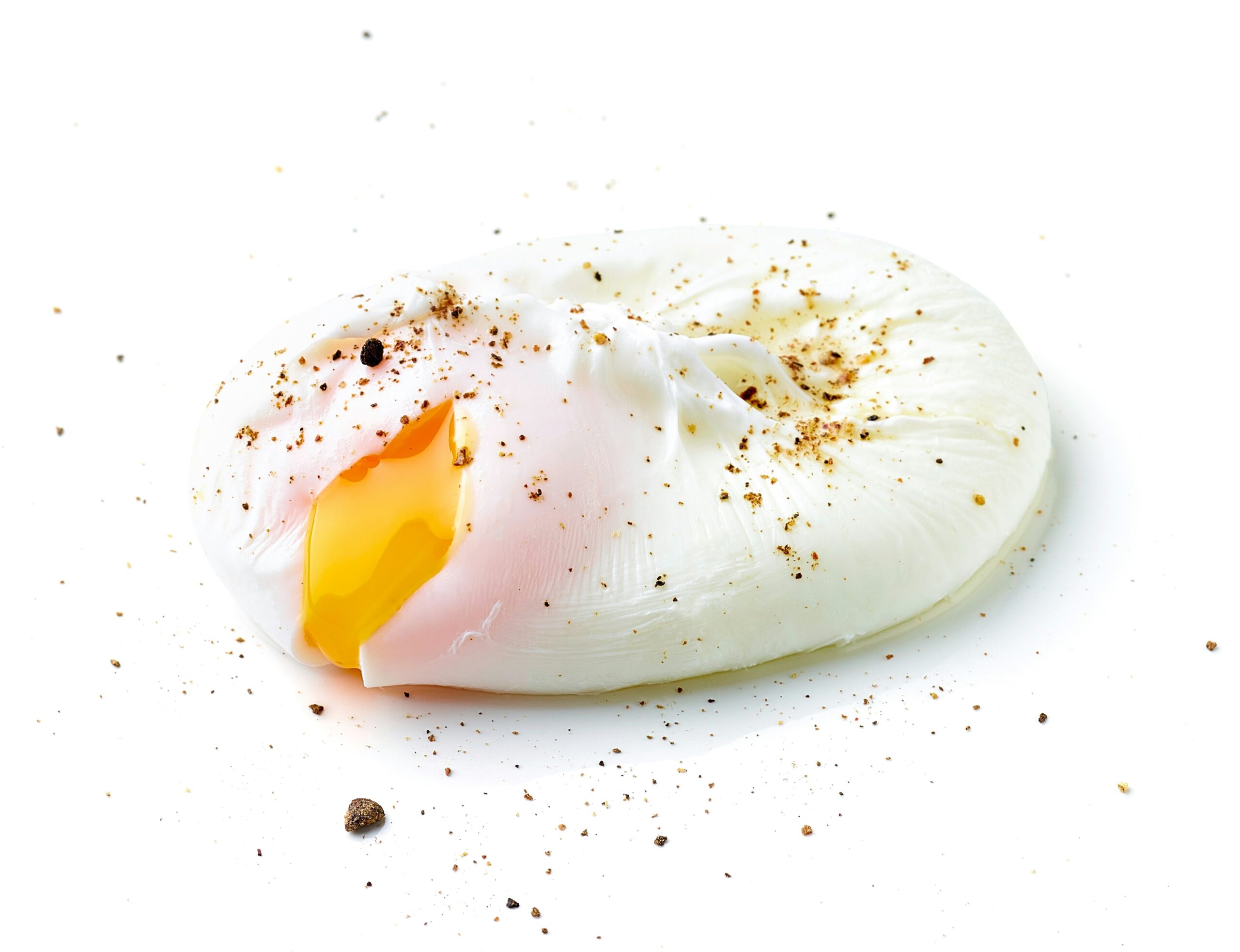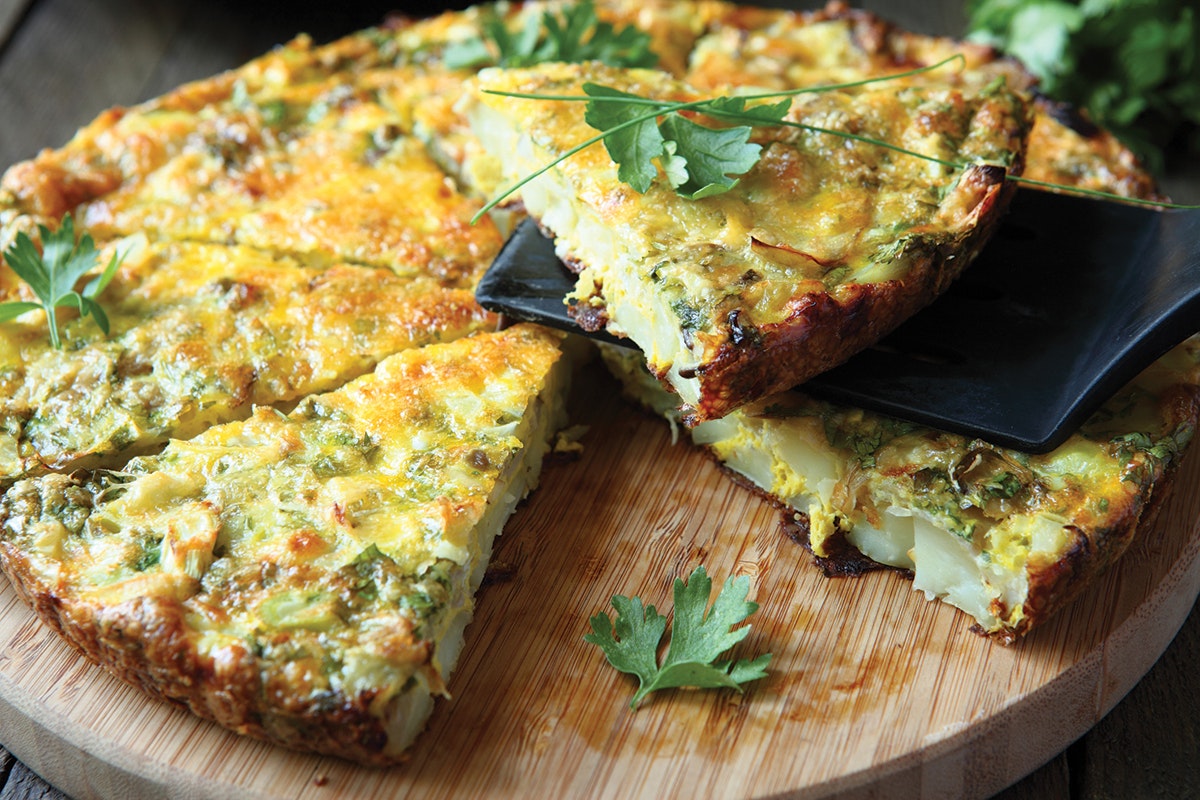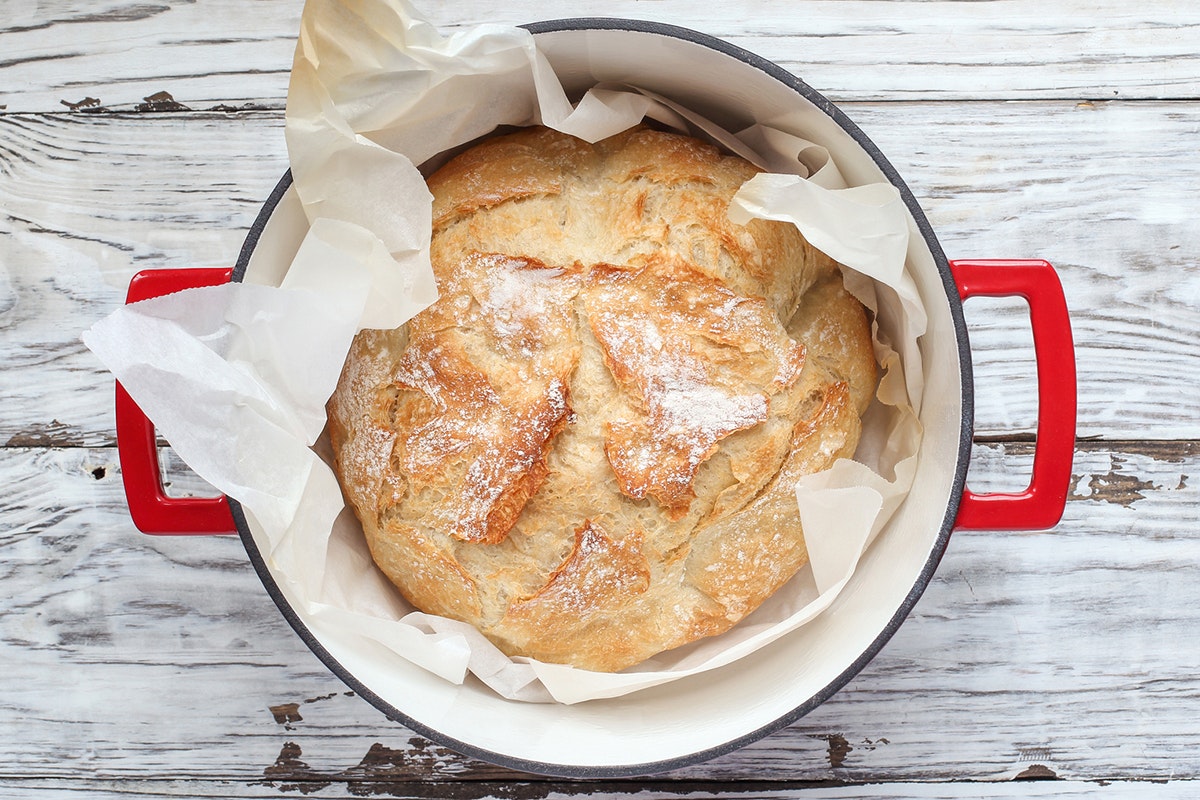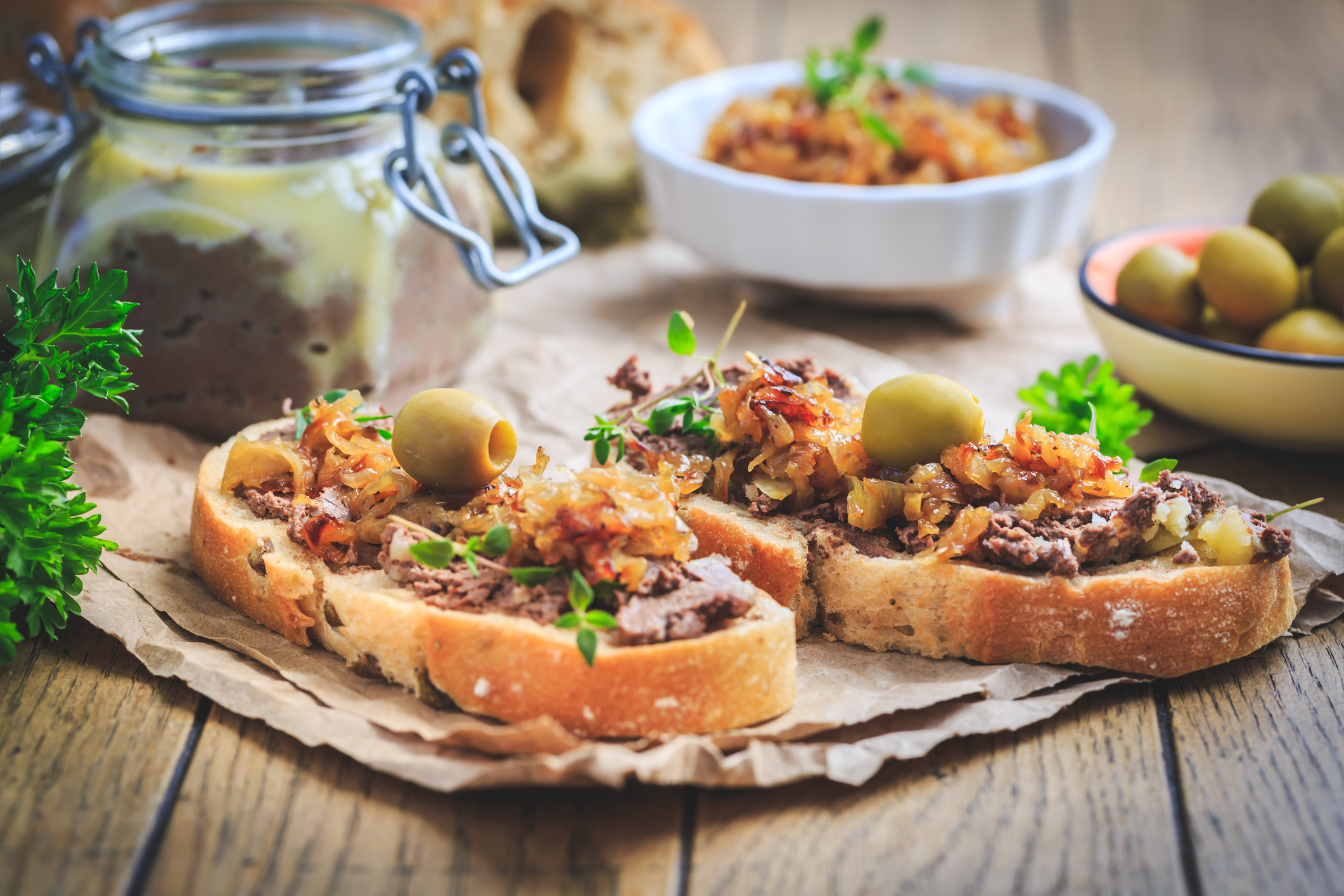
What’s so great about poached eggs? Well, for starters, they’re cooked in a way that yields an extremely delicate, round little package of eggy goodness.
Some folks say they taste better than other egg preparations because they’re cooked without flavor-changing oil or rapidly boiling water that can “wash away” some of the taste. And the whites are just firm enough to contain the decadent, oozy golden yolk. It’s not hard to poach eggs but doing it well can take a little practice.
Ingredients
- 1 large egg
- 1 Tbsp white wine vinegar
- Pot of water
- Little bit of olive oil
Directions
Bring a large pot of water to a boil, reduce heat to low.
Stir vinegar into water. Using a small glass bowl to cradle the egg, carefully place into the water, hesitating briefly with the bowl part-way in the water but also holding the egg in one place so it can set slightly in a more compact form. This way, if you’re just making one it’ll have a more compact shape, and if you’re making more, each egg will get space so it doesn’t connect to others.
Cook about 3 – 3 ½ minutes, removing egg with a slotted spoon. Dab on a paper towel to remove excess water and serve immediately.
If making poached eggs ahead of time, transfer to an ice bath to stop cooking. After a few minutes, remove/dab with paper towel and place on a plate with a bit of olive oil. Cover with plastic wrap so a dry skin doesn’t form on the eggs.
Repeat with as many eggs as you’d like. You can also cook simultaneously if the pot has enough space. Best not to overcrowd.




